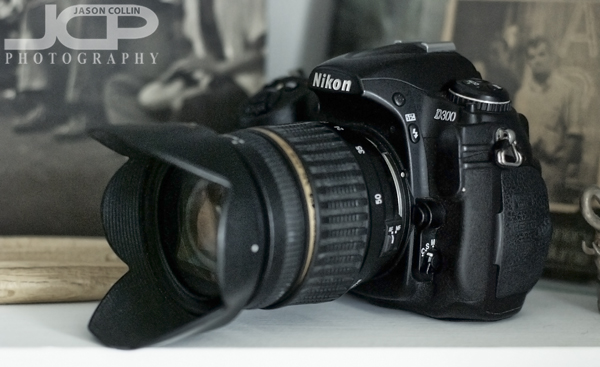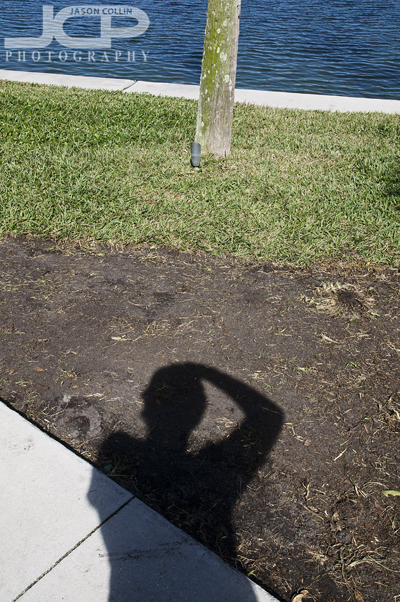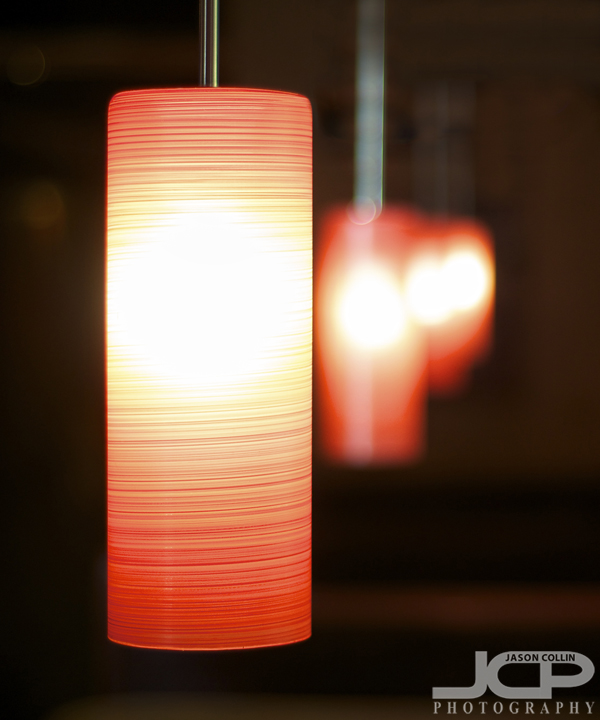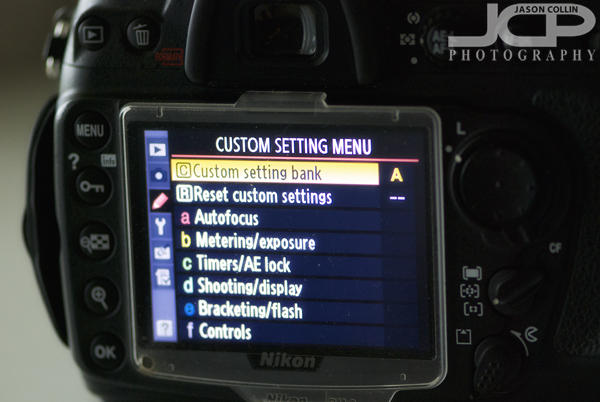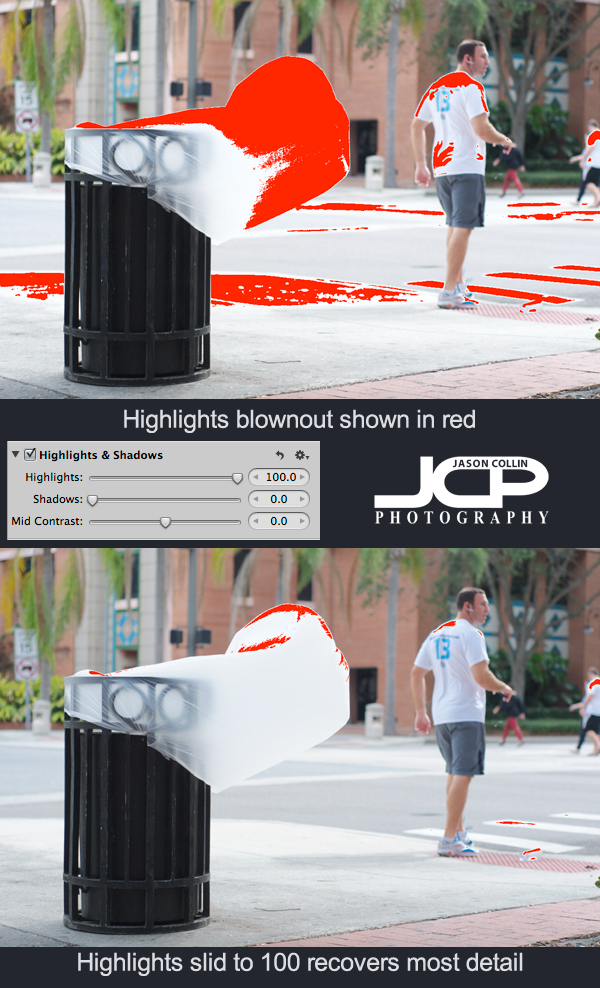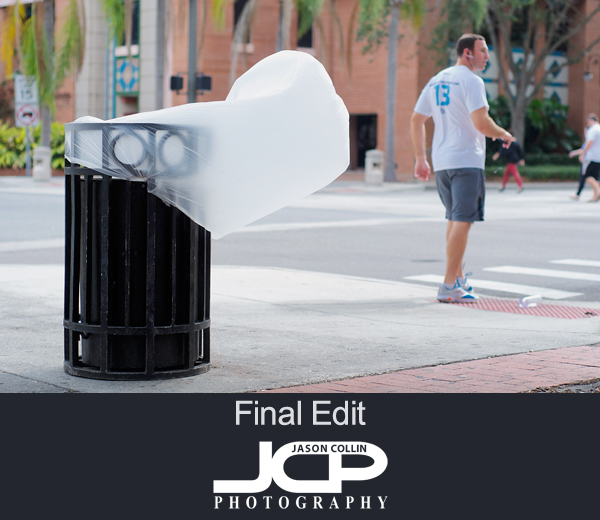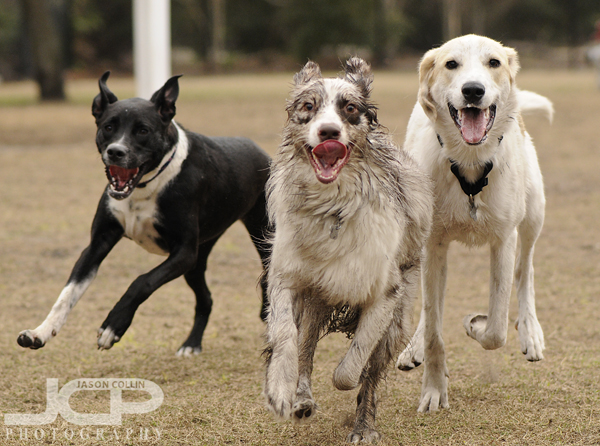 Seeing eye-to-eye with Kiki (left) and two friends. Shot from one knee at the same eye level as the dogs.One very easy way to start making photographs like a pro is to simply stop only shooting from your own eye level. Getting down to the same eye level as your subject immediately transform a photograph, for the better. I often see people in the dog park standing and shooting down on their dogs playing. That will just show you what you already see when looking at your dogs, so why would you want to see a photograph of that? Get down on one knee (or your stomach if you have a very small dog!) and suddenly you will see in photographs your dog from a very different perspective.
Seeing eye-to-eye with Kiki (left) and two friends. Shot from one knee at the same eye level as the dogs.One very easy way to start making photographs like a pro is to simply stop only shooting from your own eye level. Getting down to the same eye level as your subject immediately transform a photograph, for the better. I often see people in the dog park standing and shooting down on their dogs playing. That will just show you what you already see when looking at your dogs, so why would you want to see a photograph of that? Get down on one knee (or your stomach if you have a very small dog!) and suddenly you will see in photographs your dog from a very different perspective.
In the above photo Kiki is running with two friends. The expressions on their faces are all very clear and it looks like the dogs are looking right at the viewer of the photo in the eye. This creates a connection to the subject of the photograph not possible if shot from me standing up over five feet in the air.
The next time you go out shooting trying taking a knee or even lying down to get to eye level and see a world from a new perspective!


